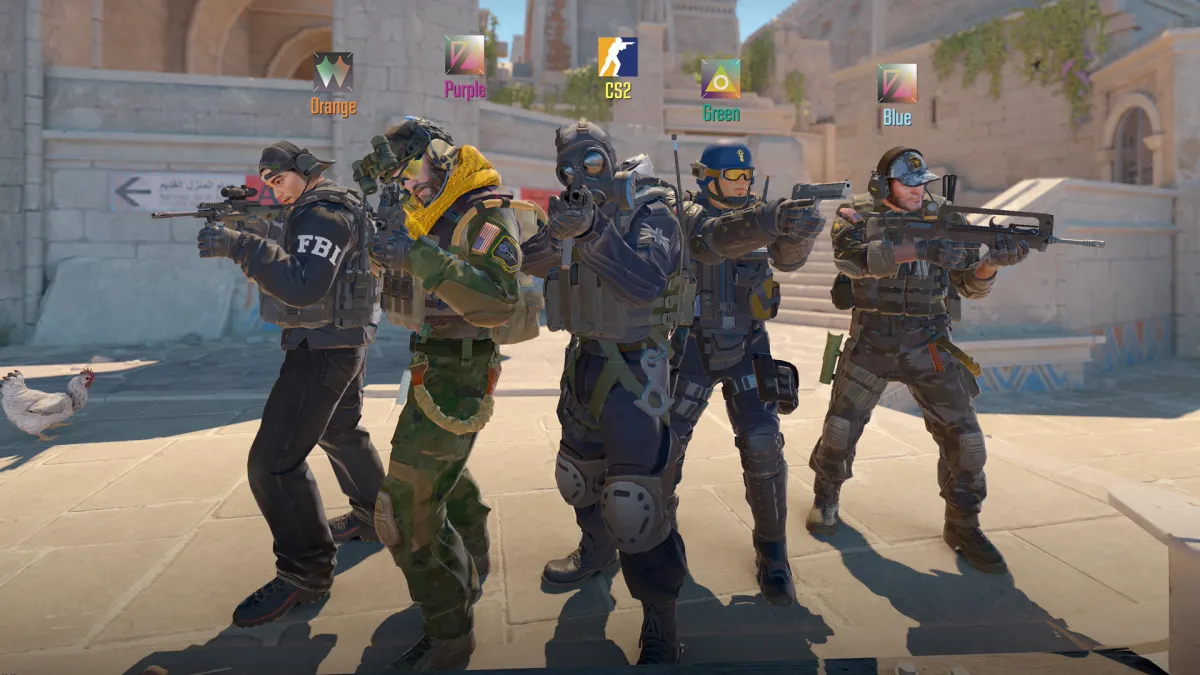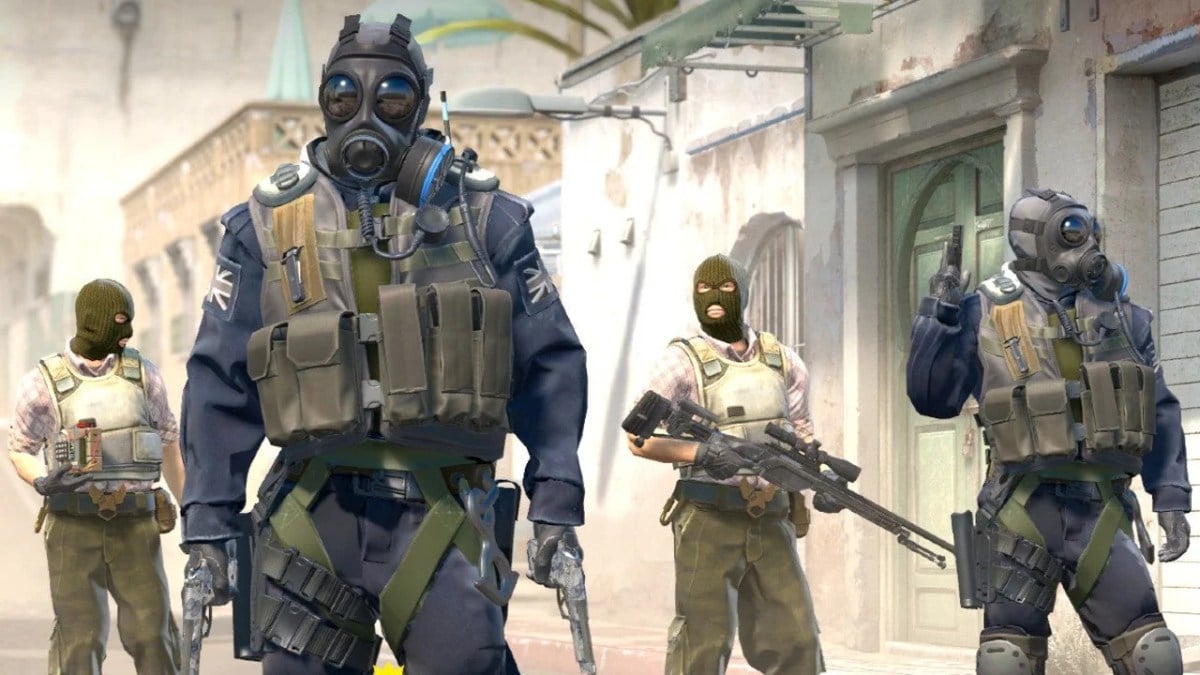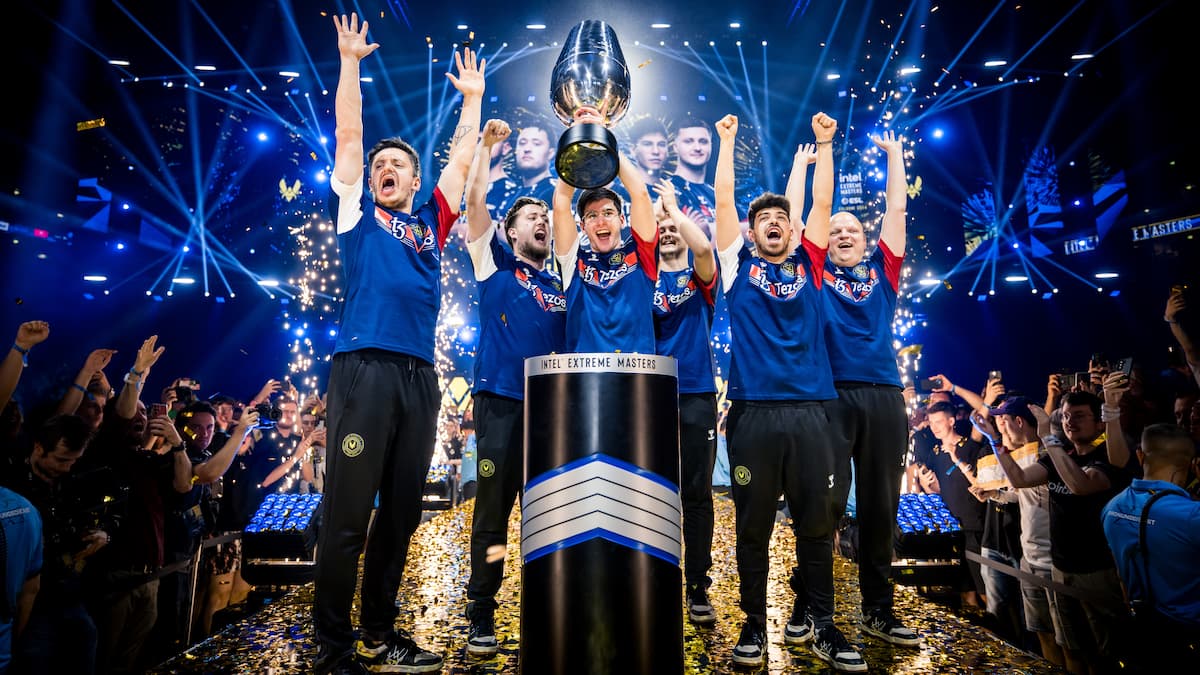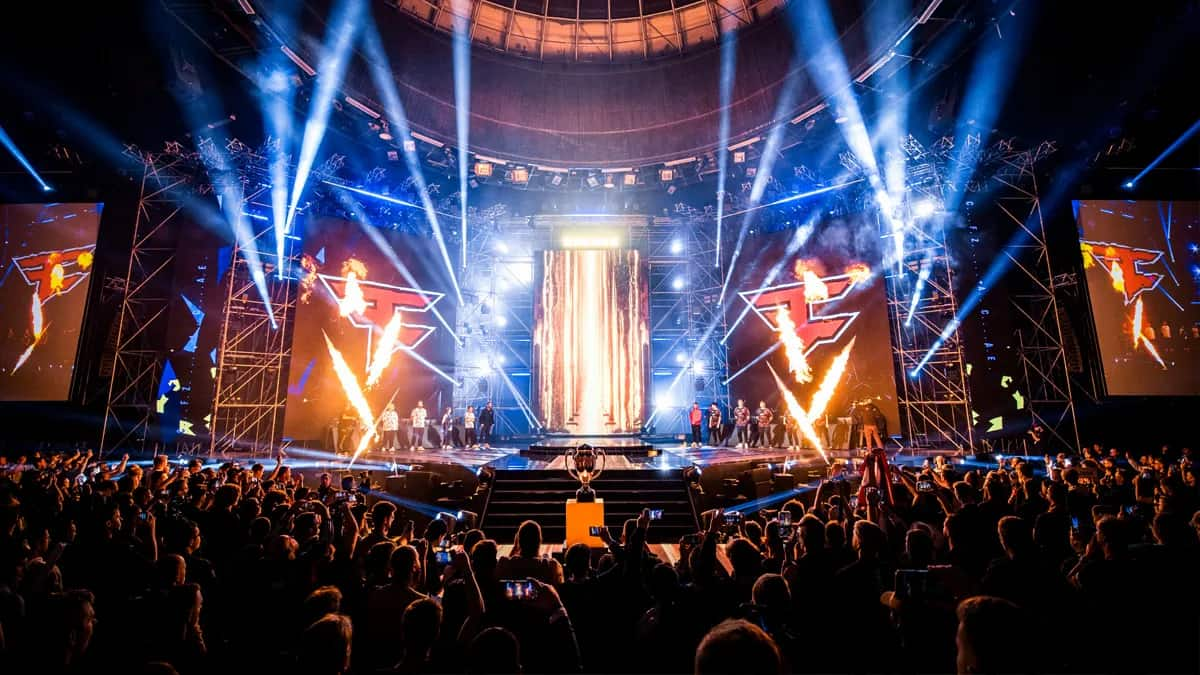Counter-Strike 2 is here, and with it comes a new ranking system that’s proving a little difficult to understand.
With individual map rankings and the new CS Rating system for Premiere, the new system is built to fix some flaws in the older Counter-Strike: Global Offensive system. We’re here to explain exactly what these rankings are and how they’ll affect you as you begin your aspiring CS2 campaign toward Global Elite.
What is Premiere?
Premiere is clearly the way Valve wants competitive players to play Counter-Strike. It’s the mode where all of the maps are in play, and the two teams decide what to ban and what to play. In this mode, you don’t get a ranking like you did in Global Offensive; you get a CS Rating: a numerical system that mimics the old ranking system. The ranking colors that accompany the numerical system also mimic the tiers of drops you can get from opening cases. Grey is the lowest rarity, Gold the highest.
The rating system goes from zero to 40,000 and requires ten placement games to determine your first rank. When you reach a game that moves you up to the next thousand, you enter a “rank-up” or a “rank-down” game, depending on your rating.
There will be a visual indicator telling you whether the next match stands to push you higher or lower on the leaderboard. The caliber of your rank is shown in the color next to the number.
Here are the closest parallels in CS2 color to CS:GO ranking:
- 0-4,999 – Grey (Silver – Gold Nova)
- 5,000-9,999 – Light Blue (Gold Nova – Master Guardian)
- 10,000-14,999 – Blue (Master Guardian – Legendary Eagle)
- 15,000-19,999 – Purple (Legendary Eagle Master – Supreme Master First Class)
- 20,000-24,999 – Pink (Supreme Master First Class – Global Elite)
- 25,000-29,999 – Red (Global Elite)
- 30,000+ – Gold (Global Elite)
The thing to know here is your personal performance stats don’t matter after your placements. If you have a numerical ranking, the only way to improve it is to win matches.
What is Competitive?
While the title of the playlist is competitive, this mode is meant to prepare competitive CS2 players for Premiere. You can select which maps you’d like to queue and it requires ten wins per map to get a ranking on each one. The ranks are the same as CS:GO, which means per map you can be one of 14 ranks:
- Silver I (S1)
- Silver 2 (S2)
- Silver III (S3)
- Silver IV (S4)
- Silver Elite (SE)
- Silver Elite Master (SEM)
- Gold Nova I (GN1)
- Gold Nova II (GN2)
- Gold Nova III (GN3)
- Gold Nova Master (GNM)
- Master Guardian I (MG1)
- Master Guardian II (MG2)
- Master Guardian Elite (MGE)
- Distinguished Master Guardian (DMG)
- Legendary Eagle (LE)
- Legendary Eagle Master (LEM)
- Supreme Master First Class (SMFC)
- Global Elite (GE)
This system destroys the “VertiGlobal” concept: players who are proficient on maps that aren’t popular, and only use those maps to artificially increase their rank. Coming from CS:GO‘s ranking system, the per-map rankings are a welcome change.







Published: Oct 4, 2023 06:43 pm